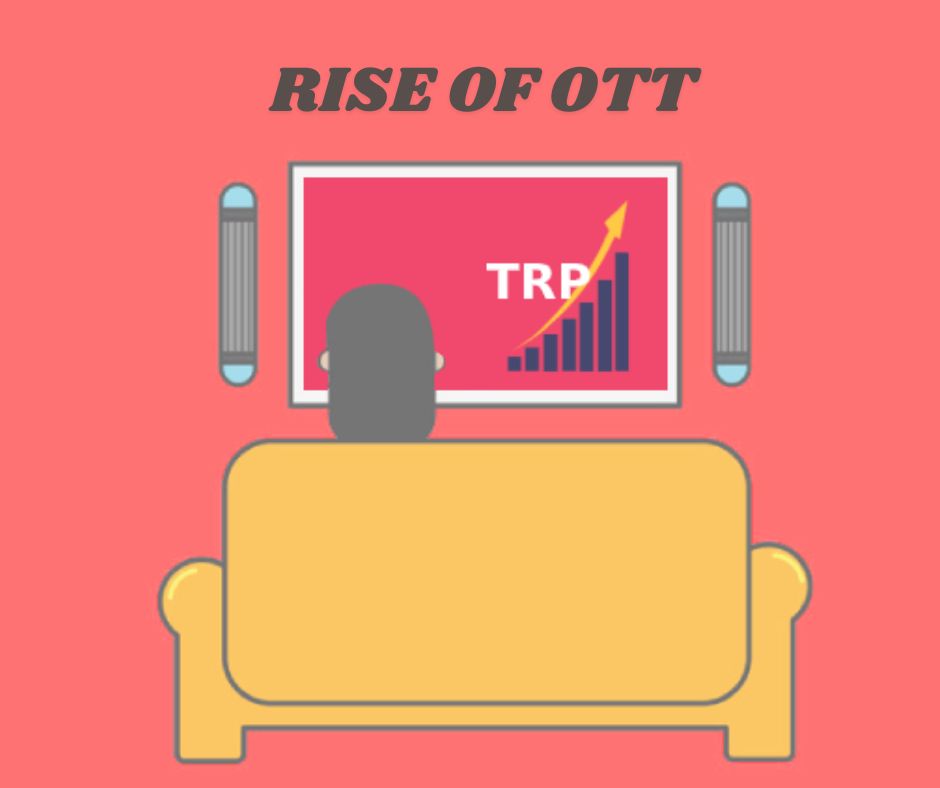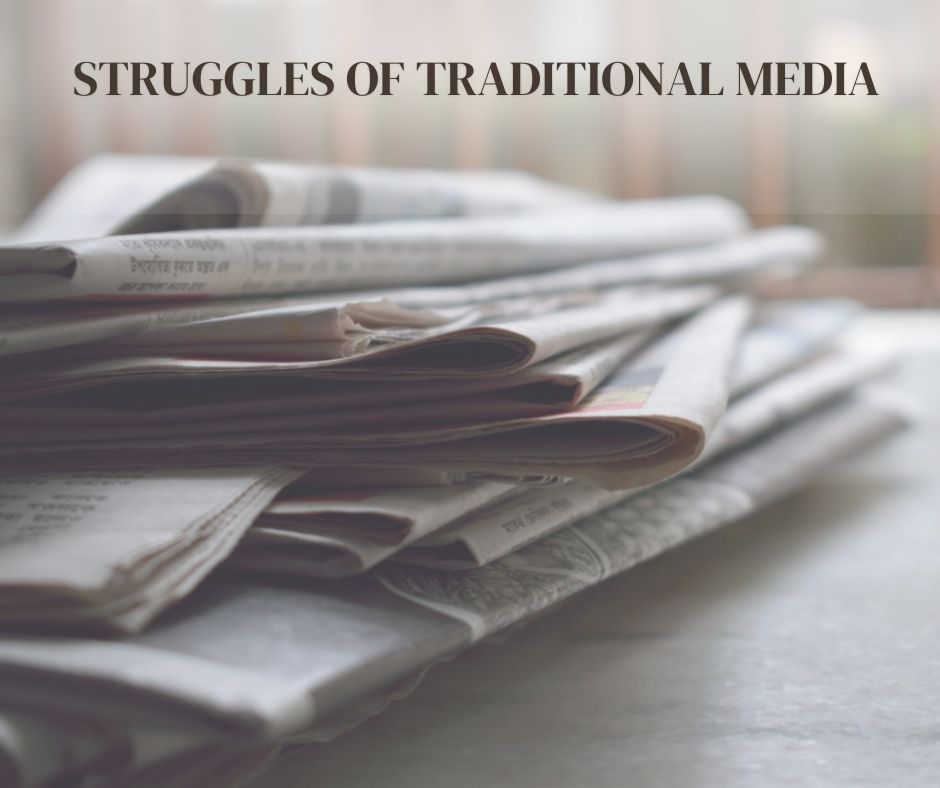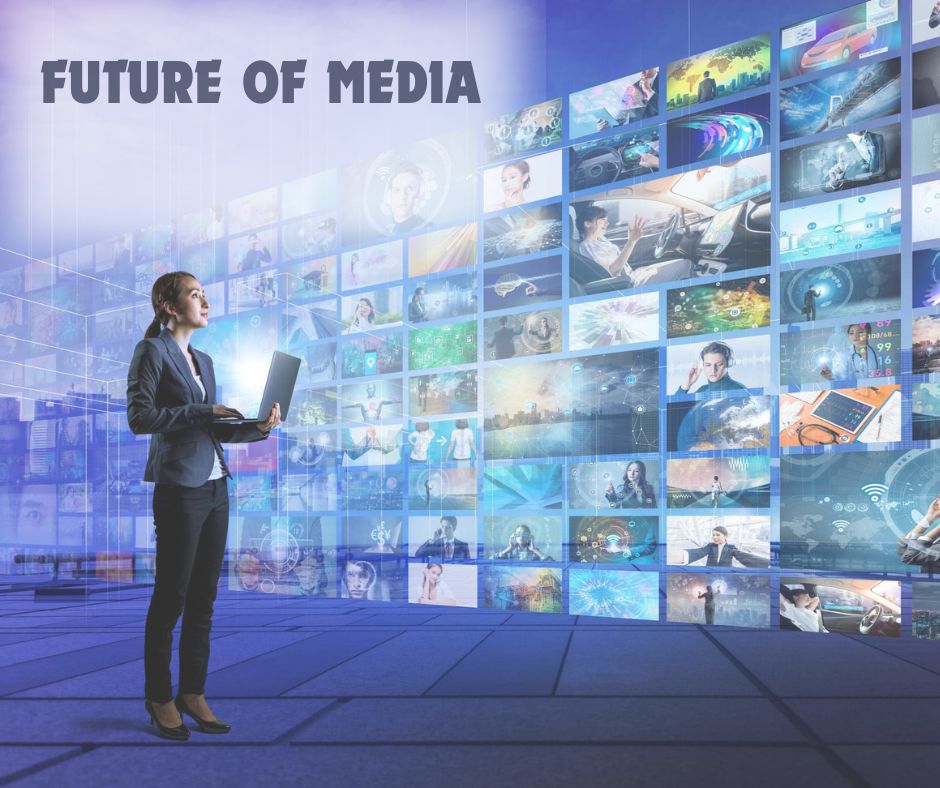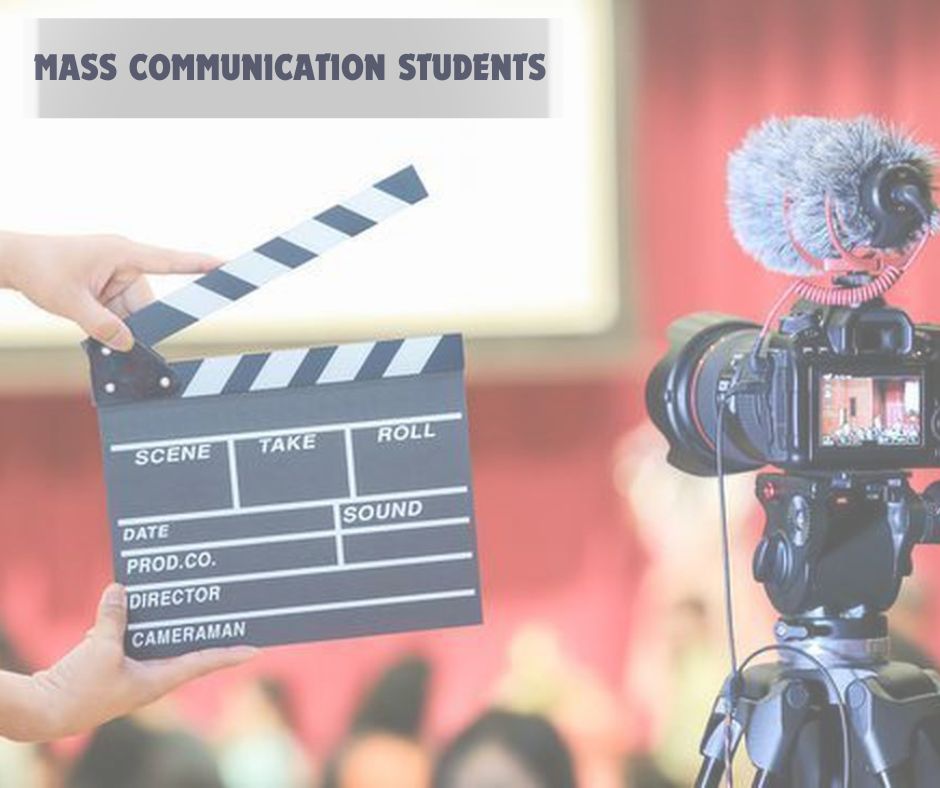We are seeing The Indian media landscape undergoing a seismic shift right before our eyes. The meteoric rise of OTT platforms is reshaping how we consume entertainment and even posing a significant challenge to traditional media.
For Mass Communication students, understanding this emerging media dynamic is crucial. It’s not just about the future of entertainment in India, but the future of their careers. This blog post aims to provide insights into the strategies you should employ today to survive this media shift.
The Rise of OTT Platforms

OTT (Over-The-Top) platforms deliver film and TV content via the Internet, bypassing traditional media channels like cable, satellite, print media, radio, and television. Their rise has reshaped the media landscape, driven by several key factors.
Technological advancements have made streaming content seamless and high-quality. Increased internet penetration, especially in India, has expanded access to a vast audience. Changing consumer behaviour, with a preference for on-demand and personalised content, has further fuelled this growth.
Traditional media, including print media, radio, and television, have faced significant challenges due to the advent of OTT platforms, such as:
- Print media struggles with declining readership, with a reported 5% annual decrease in circulation.
- Radio, though still relevant, finds it hard to compete with music and podcast streaming services.
- Television, once the dominant medium, now contends with viewers preferring the flexibility and variety offered by OTT platforms.
In India, the OTT market is booming. According to IMARC Group, it is expected to reach US$ 22.1 Billion by 2032, exhibiting a growth rate (CAGR) of 21.93% during 2024-2032.
Popular platforms like Netflix, Amazon Prime Video, and Disney+ Hotstar dominate the market. Netflix has over 5 million subscribers in India, while Disney+ Hotstar leads with 28 million paid subscribers, primarily driven by its exclusive cricket streaming rights.
Mass Communication students need to keep track of this rise of OTT platforms and understand that the media industry today increasingly favours digital over traditional formats.
The Struggles of Traditional Media

All forms of traditional media (including TV, radio, and print) are experiencing significant challenges in the current landscape. One of the primary struggles is the decline in viewership and readership. TV audiences have dropped by 10% over the past five years, while newspaper circulation has decreased by 5% annually.
Radio, though still relevant, faces stiff competition from music streaming and podcasts.
A major shift in advertising revenue has also impacted traditional media. Advertisers are increasingly directing their budgets towards digital platforms, with digital advertising in India growing by 20% annually, compared to a mere 1% for traditional media.
Content consumption patterns highlight the shift: 70% of young adults prefer OTT platforms over traditional media for their on-demand, personalised content. This trend is reshaping the future of the media and entertainment industry in India, with OTT platforms expected to capture a larger market share.
Understanding these challenges is crucial for Mass Communication students to adapt to the evolving media landscape and prepare for future industry dynamics.
Impact on the Future of the Media and Entertainment Industry in India

The Indian media and entertainment industry, valued at $25 billion, is undergoing a significant transformation. As OTT platforms rise, traditional media faces the challenge of adapting to new consumption patterns.
Future trends indicate a shift towards hybrid models that combine traditional and digital media. For instance, TV channels are launching their own OTT platforms, and print media is enhancing its digital presence. This convergence aims to leverage the strengths of both formats.
New business models and revenue streams are emerging, such as:
- Subscription-based services: Users pay a recurring fee for continuous access to premium content on OTT platforms.
- Freemium models: Basic content is provided for free, while additional features and premium content require payment.
- Targeted advertising: Advertisers deliver personalised ads to specific audience segments based on their preferences and behaviour.
Digital advertising is expected to grow by 20% annually, overshadowing traditional media’s growth.
Regulatory policies and government interventions play a crucial role in shaping the industry. Initiatives like Digital India and regulations on content and data privacy will influence the market’s trajectory.
Implications for Mass Communication Students

The media and entertainment industry will always need people who are knowledgeable, creative, and passionate about their work. However, the future of the industry is rapidly evolving and hence, Mass Communication students will need a diverse skill set to thrive in this scenario. They should focus on:
- Digital Media Literacy: Understand various platforms, algorithms, and audience engagement strategies.
- Content Creation: Develop compelling content tailored for OTT platforms, traditional media, and social media.
- Data Analytics: Analyse audience behaviour to inform content strategies and measure success.
- Adaptability: Embrace change, learn new technologies, and stay ahead of industry trends.
If you master these skills, you’ll be well-prepared for a wide range of career opportunities in both OTT platforms and traditional media.
Case Studies and Examples
Some of the media houses that have successfully embraced this digital shift are:
- Times of India: Primarily a print media, it successfully diversified into digital with platforms like TimesofIndia.com, economictimes.com, and various mobile apps, catering to different interests.
- Network18: It successfully diversified into digital with platforms like Moneycontrol (finance) and Firstpost (news).
- India Today Group: It has expanded into digital with India Today Web and Aaj Tak Digital, catering to different demographics.
- Hindustan Times: It embraced digital early with a robust online presence and mobile apps.
- The Hindu: It also strengthened its digital presence with the e-paper and apps, maintaining its reputation for quality journalism.
Some major media houses in India that have been slow to invest in their digital infrastructure include Amar Ujala and Lokmat. While Dainik Jagran did build a digital presence, it is still struggling to engage audiences on its digital platforms effectively.
Conclusion
Mass Communication students can drive this shift by embracing digital skills, innovative storytelling, and understanding audience engagement on new platforms. Their fresh perspectives and adaptability are crucial in helping traditional media companies successfully navigate the digital landscape, ensuring they stay relevant and competitive in the ever-evolving media industry.

